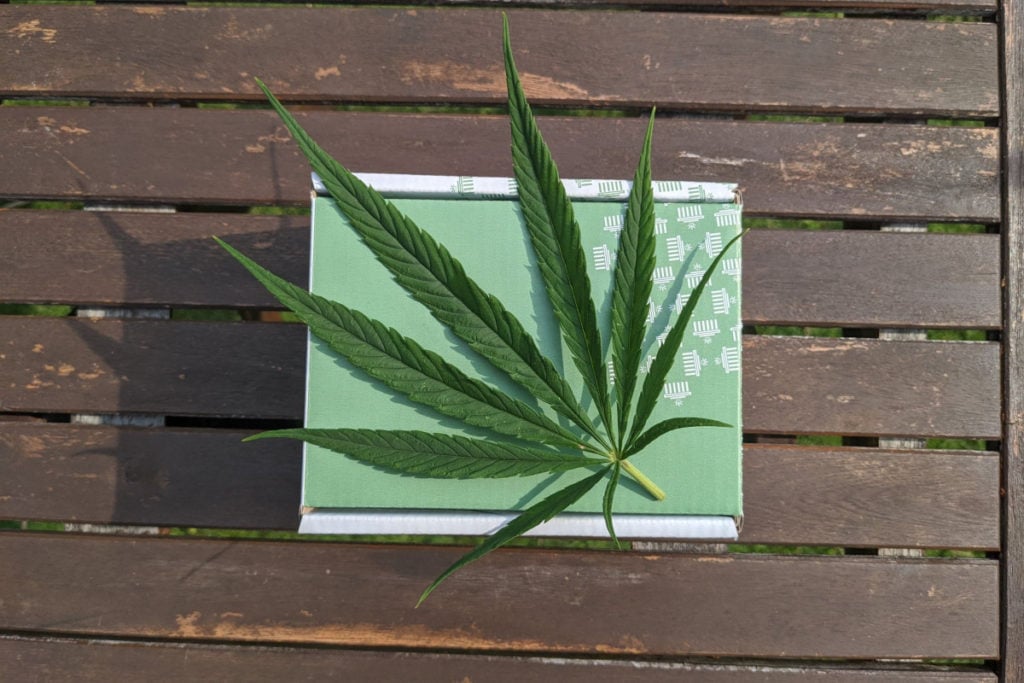
Provided by: FastBuds: https://2fast4buds.com/
In 2020, Gallup found that a record-breaking 68% of Americans support the legalization of marijuana—an impressive increase from just 12% in 1969 when this polling agency first started to ask the question.
In recent years, two countries—Canada and Uruguay—as well as 17 states in the US have legalized adult use of the substance. Even more countries, states, and territories have created the legal framework for its medicinal use. Once almost a taboo topic, marijuana has long found its way into the mainstream.
The opposition is also strong. Opponents don’t like the idea of willingly introducing into our society another harmful substance, not unlike tobacco and alcohol. What they don’t realize is that no introduction is needed: the widespread use of cannabis is already a part of modern life and likely to stay that way.
Accepting this, it’s easier to view marijuana legalization as a system of harm reduction measures aiming to regulate what’s already there. This also allows one to dispassionately analyze the directions in which the legal ‘cannabusiness’ is going and the challenges it is likely to face.
Cultivation, Distribution, and Sale
According to the market analysis published by New Frontier Data, the total size of the marijuana market in the United States was $77.6 billion in 2019, and only $13.6 billion of that demand was met by the legal industry. Nevertheless, this has created 340,000 jobs with $12.4 billion worth of wages.
The same report estimates that, if cannabis were legalized federally, this would create 1.63 million jobs, garnering $59.5 billion in wages in 2025.
The majority of the businesses in the cannabis industry are directly involved in the production of the substance, as well as its distribution and sale to the end user. These sectors are likely to dominate in the future, too. However, cannabis cultivation may undergo drastic changes as the legalization progresses.
Even to this day, a lot of marijuana in the US is cultivated under artificial lights in warehouses and other industrial facilities. Partly, it is due to regulations that demand that plants should be hidden from public view and grown in a secure location. However, as the legalization advances and the stigma surrounding the substance gets further removed, the logical thing to do would be to treat cannabis as any other agricultural crop and cultivate it outdoors and using the natural light of the sun.
Among other things, this would unquestionably drive the prices down.
Global Division of Labor
Even if marijuana is legalized in the US only and remains a scheduled drug globally, one can expect that the local production will lose its importance and growing facilities will mostly flourish in the states where natural conditions are just right for this cultivar.
With global legalization, some countries—probably those in which the plant is an endemic species—will become suppliers while others will turn into consumers.
Reducing the Harm to the Environment
Besides the cost of production, another argument in favour of growing cannabis naturally is the deleterious impact of indoor cultivation on the environment. This involves its great demand for water, as well as the issue of contamination of water resources with waste, fertilizers, and pesticides. But even more important is the issue of electricity consumption as it was estimated that as much as 1% of all the electricity generated in the US is consumed by cannabis grow-ops, both illicit and legal.
Other Sectors Likely to Benefit from Marijuana Legalization
As it happens, the production/distribution of cannabis is—economically speaking—just a nucleus around which a lot of other sectors grow. Even the seemingly amateurish niche of home cultivation is a rich breeding ground for many major businesses, such FastBuds and many other seed producers, manufacturers of fertilizers and growing equipment.
The legal states in America, e.g. Colorado, have seen a boom in tourism as people swarm there to sample legal weed or simply because this gives them a chance to enjoy other activities, such as sight-seeing or skiing, without giving up on their favourite vice during the vacations. However, as legalization comes to every territory, this beneficial effect will be likely to diminish.
We mentioned a great number of jobs that the industry generates. Some of those call for skills and expertise that can only be acquired as part of a formal education. Even today, there are colleges that train students for high-skill cannabis jobs.
And, of course, the tech sector is the one that has seen more than a thousand startups emerge which cater to the needs of the cannabis industry. Among those are Leafly, Eaze, MassRoots, and similar websites and software & app developers with millions of users, subscribers or visitors.
Last but not least, the legalization of cannabis would definitely make more lax the regulation of hemp, its non-psychoactive ‘cousin’. This can create the much needed boost for the industry whose product can be used in construction, car manufacturing, fuel production, not to mention the more traditional textile industry. In fact, hemp is a versatile material that can potentially have thousands of applications.





